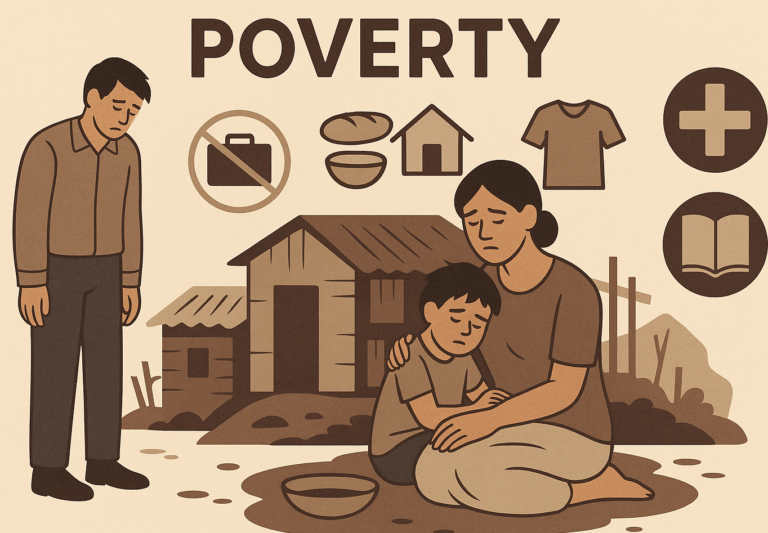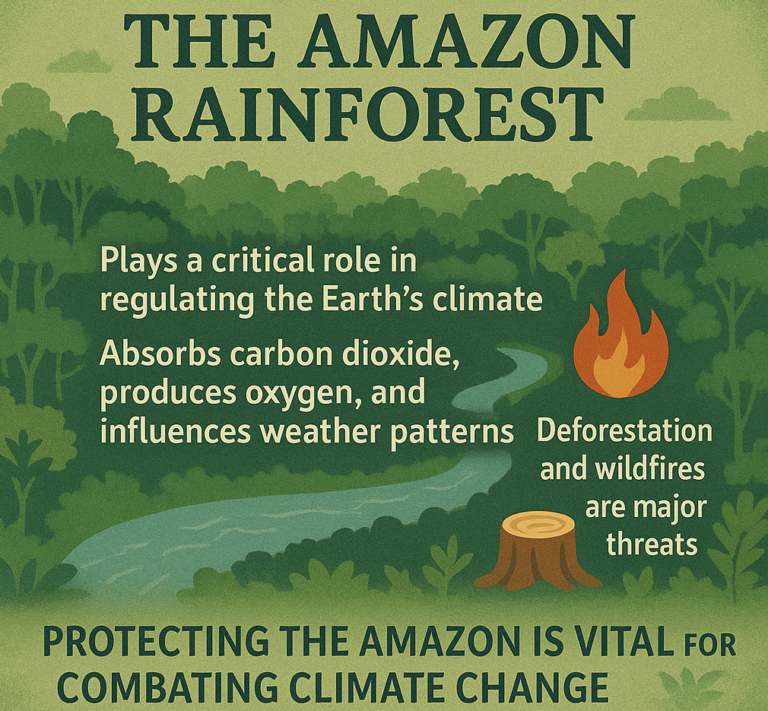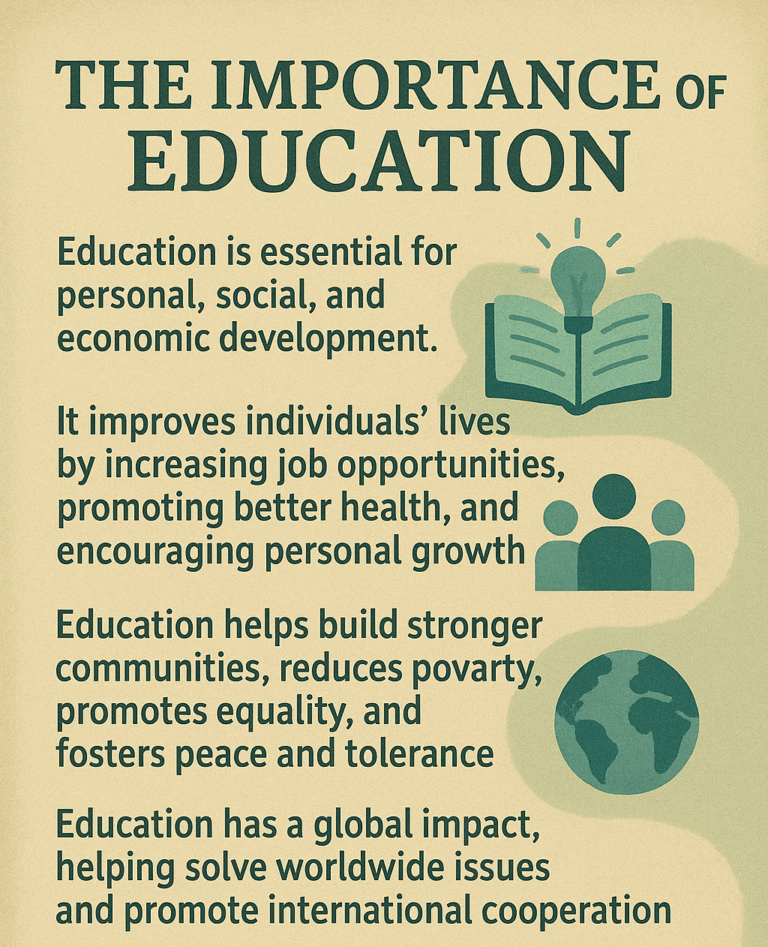Religious Conflicts and Tensions: An Easy Explanation
Religious conflicts and tensions happen when different religious groups disagree, fight, or feel threatened by each other. These conflicts can take many forms, from disagreements between communities, to violent wars and persecution. Let’s break it down in a simple way to understand what these conflicts are, why they happen, and how they impact people and societies.

1. What is a Religious Conflict?
A religious conflict occurs when different religious groups clash due to their beliefs, practices, or values. These conflicts can happen between two or more groups, or even within the same religion.
Example:
- If one group believes in a certain practice (like fasting during a certain time) and another group disagrees or thinks that practice is wrong, they may experience tension or conflict.
Religious conflicts can sometimes turn violent, especially if one group feels that its religious freedom or beliefs are being threatened or disrespected.
2. Why Do Religious Conflicts Happen?
There are several reasons why religious conflicts and tensions can occur. Some of the main reasons include:
A. Differences in Beliefs and Practices
Each religion has its own set of beliefs, rituals, and customs. Sometimes these beliefs can clash with each other, leading to misunderstandings, intolerance, and even violence.
- Example: Christianity, Islam, and Judaism all believe in God, but they have different views on the nature of God and key religious texts, which can lead to disagreements.
B. Competition for Power or Resources
Religious groups may fight over political power, control of land, or access to resources. In some cases, one religious group might try to dominate another because they believe their religion is superior.
- Example: In the Middle East, various religious groups have fought over control of Jerusalem, a city that is sacred to Jews, Christians, and Muslims.
C. Historical Grievances
Some conflicts arise because of events that happened in the past. Historical wrongs or injustices, like wars, persecution, or colonialism, can create long-lasting resentment between religious groups.
- Example: The tension between Protestants and Catholics in Northern Ireland, which was partly based on historical conflicts and discrimination.
D. Cultural and Social Differences
Religion is often closely linked with culture, so cultural differences between religious groups can also lead to tension. For example, religious practices can affect how people dress, what they eat, or how they celebrate holidays.
- Example: Tensions between different ethnic or religious groups in countries where one religion dominates the culture or political system.
E. Fear of Losing Religious Identity
Sometimes religious groups fear that their beliefs and way of life are being threatened by another religion or a more powerful secular (non-religious) force. This fear can lead to conflict if one group feels its traditions are being erased or attacked.
- Example: A minority religious group may feel that the dominant religion is trying to suppress its practices or force them to change their beliefs.
3. Examples of Religious Conflicts and Tensions
Let’s look at a few well-known examples of religious conflicts to understand how these tensions play out in the real world.
A. The Crusades (11th-13th Century)
The Crusades were a series of religious wars fought between Christians and Muslims. Christians in Europe wanted to take control of Jerusalem, which was a holy city for both religions. The wars lasted for hundreds of years and caused a lot of bloodshed.
- Cause: Religious differences and the desire to control sacred lands.
- Impact: The Crusades deepened the divide between Christianity and Islam and left a legacy of mistrust.
B. The Israeli-Palestinian Conflict
This ongoing conflict involves religious tensions between Jews, Christians, and Muslims, centered around the land of Israel and Palestine. Jerusalem is an important religious site for all three groups, which has led to long-standing disputes over who has control over it.
- Cause: Competition for land and religious significance of holy sites.
- Impact: The conflict has led to many wars, deaths, and displaced people.
C. The Sunni-Shia Split in Islam
Islam is divided into two main branches: Sunni and Shia Muslims. The split occurred over a disagreement about who should lead the Muslim community after the death of the Prophet Muhammad. This division has caused tensions and violence in various countries, especially in the Middle East.
- Cause: Disagreement over religious leadership and interpretation of Islam.
- Impact: This division has caused wars, terrorism, and political instability in places like Iraq, Syria, and Yemen.
D. Religious Conflict in India (Hindu-Muslim Tensions)
India has had periods of tension between the Hindu majority and Muslim minority. One major example was the partition of India in 1947, which led to violence between Hindus and Muslims as the country was divided into India and Pakistan.
- Cause: Differences in religious identity, power struggles, and historical conflicts.
- Impact: The partition led to millions of deaths and the displacement of millions of people.
E. The Troubles in Northern Ireland
For many years, there was conflict between Protestants and Catholics in Northern Ireland. The Protestants wanted to remain part of the United Kingdom, while the Catholics wanted to unite with the Republic of Ireland. Religion played a big role in these political and social divisions.
- Cause: Political and religious differences, with Protestants and Catholics often on opposing sides.
- Impact: Thousands of people were killed or injured in this violent conflict, which lasted for decades.
4. How Do Religious Conflicts Affect People and Societies?
Religious conflicts can have a significant impact on individuals and societies, both in the short and long term.
A. Loss of Life and Suffering
One of the most tragic consequences of religious conflicts is the loss of life. Wars, violence, and persecution often lead to thousands or even millions of people being killed or injured.
- Example: The Syrian Civil War, which has involved religious tensions between Sunni and Shia Muslims, has resulted in hundreds of thousands of deaths.
B. Displacement of People
Many religious conflicts force people to flee their homes in search of safety. Refugees are often displaced for years and live in difficult conditions.
- Example: The conflict between Israel and Palestine has created large refugee populations who live in camps in neighboring countries.
C. Creation of Divisions in Society
Religious conflicts can create deep divisions within societies, even between people who have lived together peacefully for years. This can lead to mistrust, prejudice, and discrimination between different religious communities.
- Example: In India, tensions between Hindus and Muslims have sometimes led to riots and discrimination in society.
D. Economic Damage
Religious conflicts can damage economies by disrupting trade, causing destruction of infrastructure, and creating instability. This can make it difficult for people to go to work, run businesses, or access basic services.
- Example: The war in Iraq, partly driven by religious conflict, caused massive damage to the country’s infrastructure and economy.
5. How Can Religious Conflicts Be Prevented or Resolved?
Religious conflicts are complex, but there are ways that societies can work toward resolving them:
A. Promoting Interfaith Dialogue
Encouraging communication and understanding between different religious groups can help break down barriers and reduce prejudice. Interfaith dialogue allows people to learn about each other’s beliefs and find common ground.
B. Protecting Religious Freedom
Governments can ensure that people are free to practice their religion without fear of persecution. This helps to create a sense of security and respect for all religious groups.
C. Education and Awareness
Educating people about the values of tolerance, peace, and understanding can help prevent religious tensions from escalating. Teaching about the shared values of different religions can promote respect.
D. Diplomacy and Peacebuilding
In situations where religious conflict has led to violence, peacebuilding efforts and diplomacy can help mediate solutions. International organizations, like the United Nations, often help negotiate peace agreements.
Summary
Religious conflicts happen when different religious groups clash due to differences in beliefs, competition for resources, historical grievances, or fear of losing identity. These conflicts can cause violence, displacement, and division in society. Examples include the Crusades, the Israeli-Palestinian conflict, and tensions between Sunni and Shia Muslims. Resolving religious conflicts requires dialogue, respect, and understanding, as well as protecting religious freedom and promoting peace.






